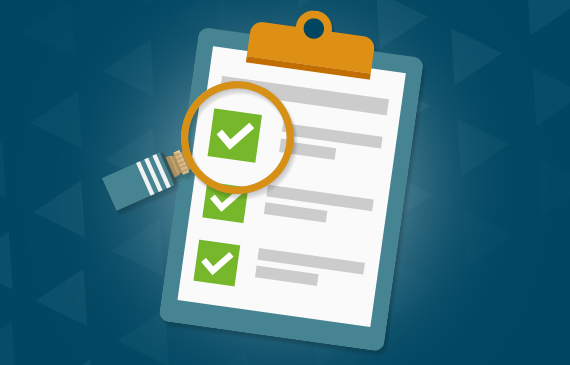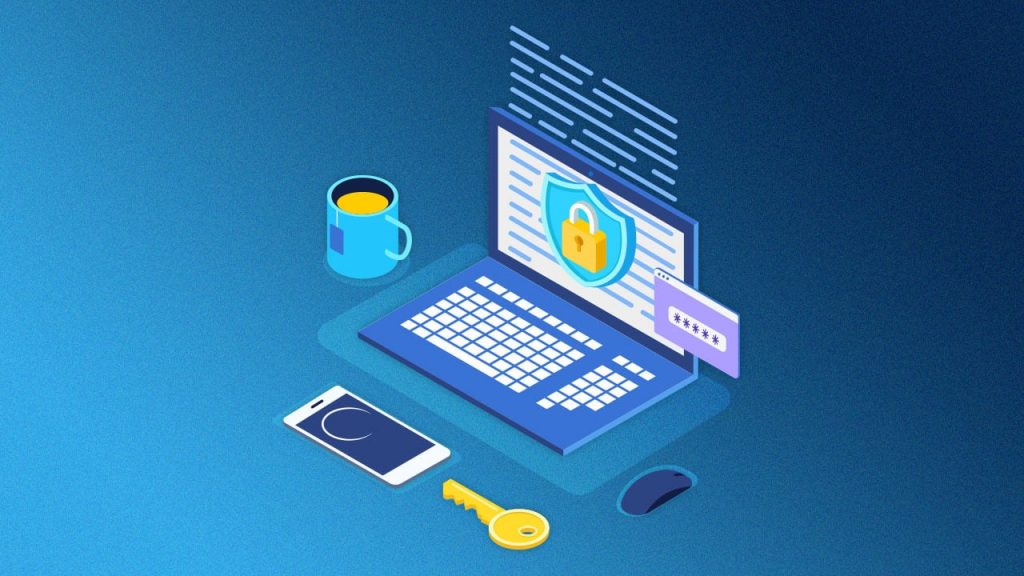Launching a new company is an exciting venture that frequently needs a number of resources and tools to get off the ground. Whether you’re starting a manufacturing firm, a restaurant, a tech startup, or any other kind of business, you’ll probably require equipment to function effectively and compete in your sector. However, for startups, purchasing these necessary assets might provide a considerable financial burden. Equipment finance is useful in this situation.

A specific type of business finance called equipment financing enables both new and existing companies to buy the equipment they require without depleting their cash reserves.
What Is Equipment Financing?
Equipment financing is a financial arrangement in which a company buys the required equipment by negotiating a loan or lease particularly for that purpose. Businesses can stretch the expense of equipment over time by making recurring payments rather than purchasing it all at once with cash. This strategy is especially helpful for startups since it helps them to save their early funds for more important costs like marketing, hiring, and operations.
Benefits of Equipment Financing for Startups
- Preserve Capital: Startups can save their funds for other tactical applications thanks to one of the main benefits of equipment financing. This is important for controlling regular expenses, unforeseen charges, and growth potential.
- Convenience and Flexibility: When it comes to alternatives and terms for payback, equipment financing is flexible. To match their cash flow, startups can select from a variety of repayment options, including fixed monthly payments, seasonal payments, or even postponed payments.
- Stay Technologically Competitive: Maintaining competitiveness in industries that are continually expanding requires staying current with new tools and technologies. Startups can purchase cutting-edge instruments without incurring significant upfront costs thanks to equipment finance.
- Tax Benefits: You can be qualified for tax advantages associated with equipment financing depending on your region and the exact financing agreement. To investigate potential credits or deductions, talk to a tax expert.
- Asset Ownership: Startups may have the chance to acquire the equipment at the conclusion of the financing term, depending on the financing option they select. Planning for the long term and maintaining asset value may both benefit from this.
Equipment Financing Options for Startups

Equipment Loans
These are conventional loans created especially for buying equipment. Startups can borrow the money they need to buy the equipment they need, with the equipment frequently serving as collateral. Depending on the lender and the startup’s creditworthiness, the loan period, interest rate, and down payment requirements may change. Simple equipment loans provide you the advantage of asset ownership from day one.
Equipment Leases
Startups can use the necessary equipment without the commitment of ownership by leasing it. For the usage of the equipment for a predetermined duration, the startup makes recurring payments—typically monthly—under a lease. Businesses frequently have the option to buy the equipment at its fair market value at the end of the lease. For companies that want to keep on top of technology and avoid the hassles of equipment maintenance and disposal, leasing is an appealing choice.
Equipment Financing Agreements
These contracts resemble leases but could have more lenient terms and restrictions. Equipment finance contracts frequently include a purchase option at the end of the term and fixed monthly payments. Startups can bargain for conditions that closely match their financial and budgetary restrictions. To suit particular corporate requirements, these agreements are adaptable.
Equipment Sale-Leasebacks
A startup can use a sale-leaseback agreement to increase the value of whatever equipment it already owns. In this case, the company leases back the equipment after selling it to a financier. This gives the company access to and usage of the equipment while also giving them a quick infusion of cash. Sale-leasebacks are a good choice for entrepreneurs wishing to release funds from existing assets.
SBA 7(a) Loan Program
The government-backed 7(a) loan program from the Small Business Administration offers financing for equipment acquisitions. Startups find SBA loans appealing because they can have more favourable terms than regular loans, such as longer payback durations and reduced down payment requirements. SBA loans can, however, require extra paperwork and a drawn-out application process. With the support of a lender that the SBA has approved, startups should investigate this possibility.
Vendor Financing
Some providers and manufacturers of equipment give their clients financing options. This is a practical choice for startups buying equipment from a particular provider because it simplifies the purchase procedure. It’s important to compare vendor financing offers with other financing choices to make sure you’re getting the best deal, even though vendor financing may have reasonable rates and terms.
Equipment Financing Marketplaces
To connect entrepreneurs with various equipment financing lenders, online marketplaces and platforms have evolved. These marketplaces make it simpler for business owners to discover the best terms for their unique requirements by allowing them to compare offers from numerous lenders. Such platforms can speed up the fundraising process for companies and give them access to competitive finance options.
Asset-Based Financing
Startups can obtain finance through asset-based financing by using their current tools and assets as security. For businesses with important equipment but weak cash flow or credit histories, this strategy may be advantageous. Asset-based financing can release the funds bound up in assets for additional growth and expansion.
Equipment Rental
Equipment rental is a workable, short-term alternative for startups even though it is not typical finance. Businesses that operate on a project-by-project basis or with unpredictable equipment demands should consider renting. Although renting doesn’t give you ownership, it can still be an affordable method to get access to specialist equipment without making a long-term finance commitment.
Equipment Crowdfunding and Equipment Sharing
Platforms for sharing and crowdfunding equipment have become cutting-edge ways for businesses to get access to equipment in the digital era. Equipment-sharing systems enable firms to cooperatively rent or lease equipment from other businesses, while crowdfunding campaigns can assist in raising cash to buy specific equipment. For entrepreneurs with limited access to conventional financial sources, these approaches may be very enticing.
How to Secure Equipment Financing

To secure equipment financing for your startup, follow these steps:
- Identify Your Equipment Needs: Determine the specific equipment required for your business operations. Create a list of essential assets and their associated costs.
- Prepare a Business Plan: Lenders will want to see a solid business plan that outlines your startup’s goals, financial projections, and how the equipment will contribute to your success.
- Research Lenders: Explore different financing options and lenders. Consider traditional banks, credit unions, online lenders, and equipment financing specialists. Compare interest rates, terms, and eligibility criteria.
- Complete the Application: Submit a detailed loan or lease application to the chosen lender. Be prepared to provide financial statements, credit history, and information about the equipment you intend to finance.
- Review and Negotiate Terms: Once you receive offers, carefully review the terms and conditions. Don’t hesitate to negotiate if you believe you can secure more favorable terms.
- Select the Best Option: After comparing offers and conducting due diligence, select the equipment financing option that aligns best with your startup’s needs and financial goals.
- Close the Deal: Finalize the financing agreement, and the lender will disburse funds or arrange the lease as per the agreement.
Manage Payments: Make regular payments according to the terms of your equipment financing agreement to maintain a positive credit history and ensure the continued use of the equipment.
For new firms trying to buy the assets they need to succeed in their industry, equipment finance is a useful tool. It provides flexibility, protects cash, and enables startups to remain competitive in the hectic business world of today. Entrepreneurs may choose the best equipment financing option for their company’s expansion and success by being aware of the advantages and possibilities available. To traverse the difficulties of equipment financing and maximize its advantages for your company, it is necessary to seek the advice of financial consultants and specialists as with any other financial decision.